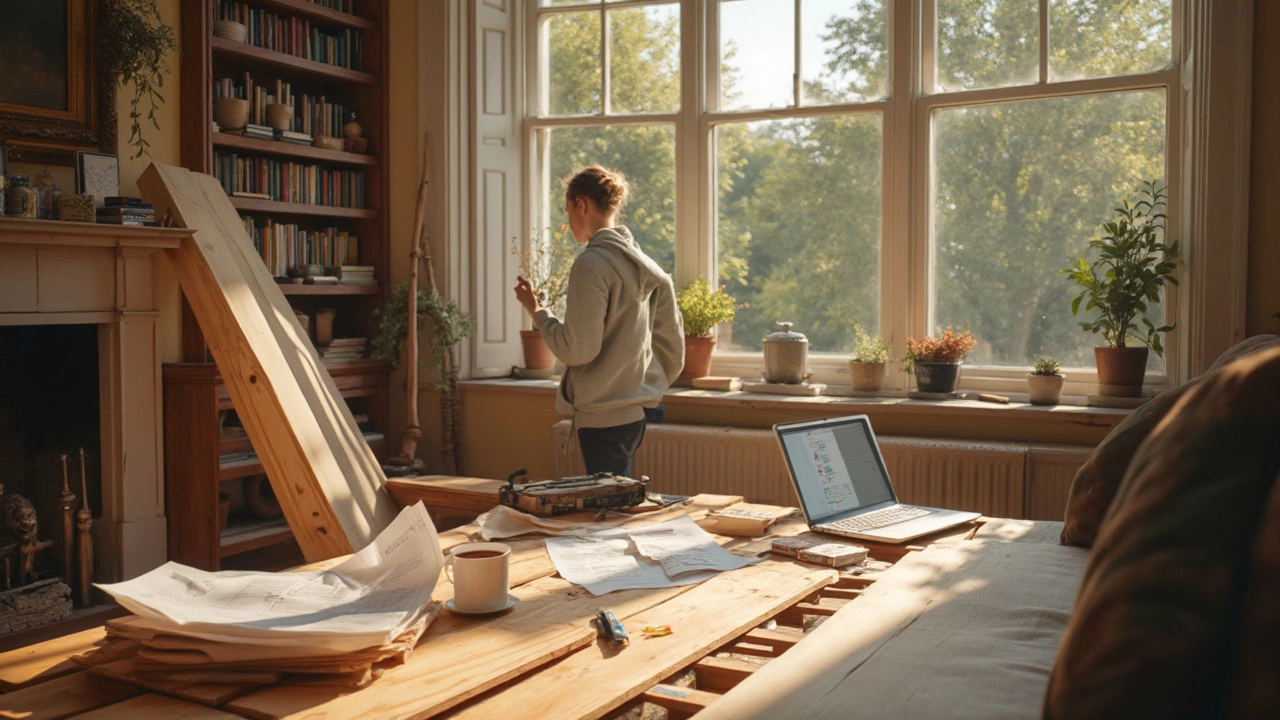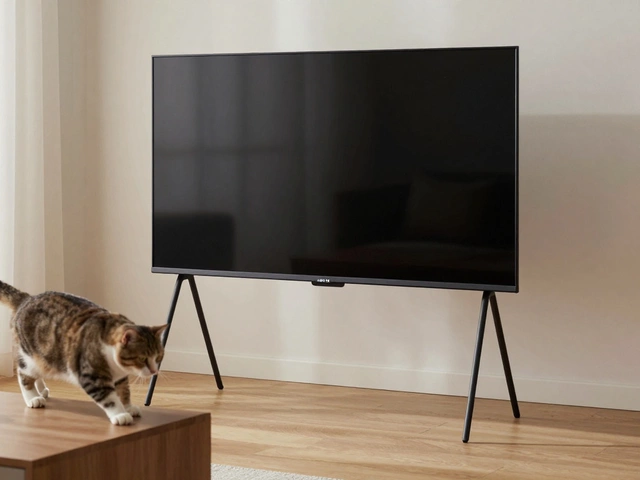Bookcase Cost Guide: What You’ll Actually Pay for a New Bookcase
If you’ve ever walked into a furniture store and stared at the price tag on a bookcase, you know it can be confusing. Some look cheap, some cost as much as a small sofa, and you’re left wondering what’s worth the money. This guide breaks down the main things that affect bookcase cost, gives you realistic price ranges for the UK, and shows how to get the best value without compromising on style or quality.
Key Factors That Determine the Price
First, understand what you’re paying for. Material is the biggest driver – solid wood (oak, walnut, mahogany) costs far more than particle board or MDF. Solid wood can add £200‑£500 to a standard-sized unit, but it also lasts decades and can be refinished.
Construction matters too. A bookcase with dovetail joints or reinforced back panels will be sturdier than one glued together with cheap staples. Those details usually add £50‑£150.
Finish and hardware are easy to overlook. A matte lacquer, a natural oil, or a high‑gloss paint each has a price tag. Same with handles or hidden brackets – expect an extra £20‑£80 for premium hardware.
Size and design also shift the cost. A simple three‑shelf unit (about 80 cm wide) can start at around £80 for a ready‑made MDF piece. A custom built‑in that runs the length of a wall, with adjustable shelves and crown molding, can easily climb to £1,500‑£2,500.
Typical Price Ranges in the UK
Ready‑made budget options: Particle board or MDF bookcases from high‑street stores usually sit between £50 and £150. They’re quick to assemble but may sag under heavy books.
Mid‑range ready‑made: Solid‑wood veneer or engineered wood pieces from specialist retailers cost £200‑£500. They offer a nicer look and better load‑bearing capacity.
Custom‑made stand‑alone: If you want a specific size, finish, or unique design, a local carpenter will quote £800‑£1,800. This includes material, labour, and finishing.
Built‑in bookcases: Integrated units built into a wall, often with lighting or glass doors, start around £1,200 and can exceed £3,000 for high‑end finishes.
Remember, delivery and installation are usually extra – add another £50‑£200 unless the retailer offers free fitting.
So how do you decide what’s right for you? Ask yourself three questions: How many books do you need to store? How long do you plan to keep the piece? And how much are you willing to spend now versus over time?
If you have a modest collection, a ready‑made MDF unit at £90 can do the job. Put a couple of wooden boards on the back for extra support and you’ve extended its life without breaking the bank.
For larger libraries or a focal wall, consider a solid‑wood semi‑custom piece. You’ll pay more up front, but the durability pays off – you won’t need to replace it every few years.
Finally, if you love the look of a built‑in but the budget is tight, mimic the effect with a tall stand‑alone unit and add crown molding yourself. It’s a DIY hack that can shave £300‑£500 off a professional install.
Bottom line: Bookcase cost varies wildly based on material, size, and finish. Knowing the main cost drivers helps you set a realistic budget and avoid paying for features you’ll never use. Whether you pick a cheap flat pack or commission a bespoke wall unit, there’s a price point that fits your needs and your wallet.



